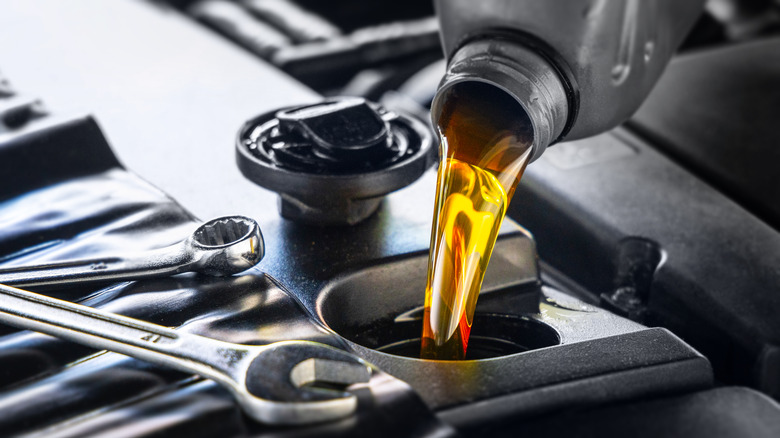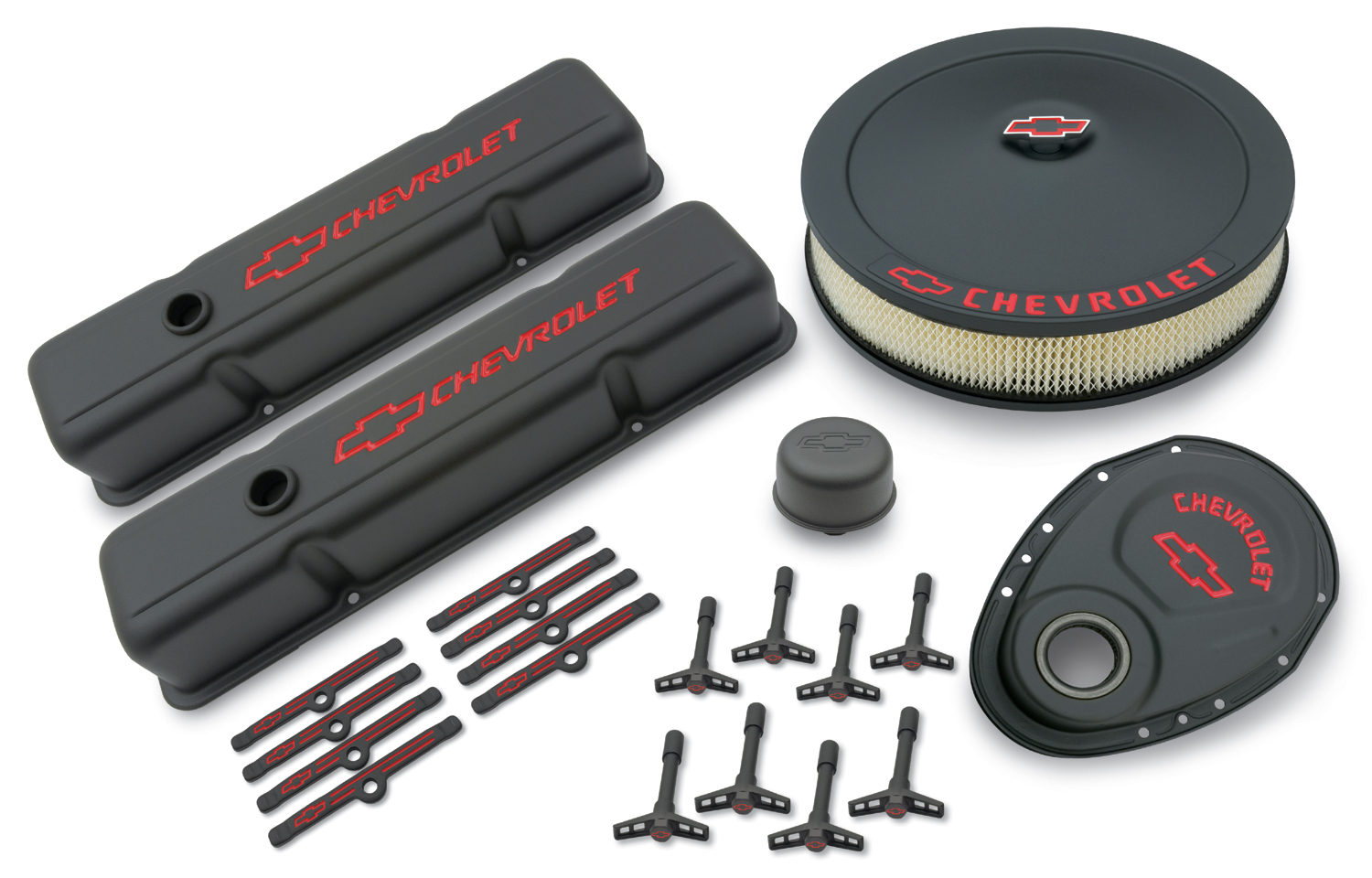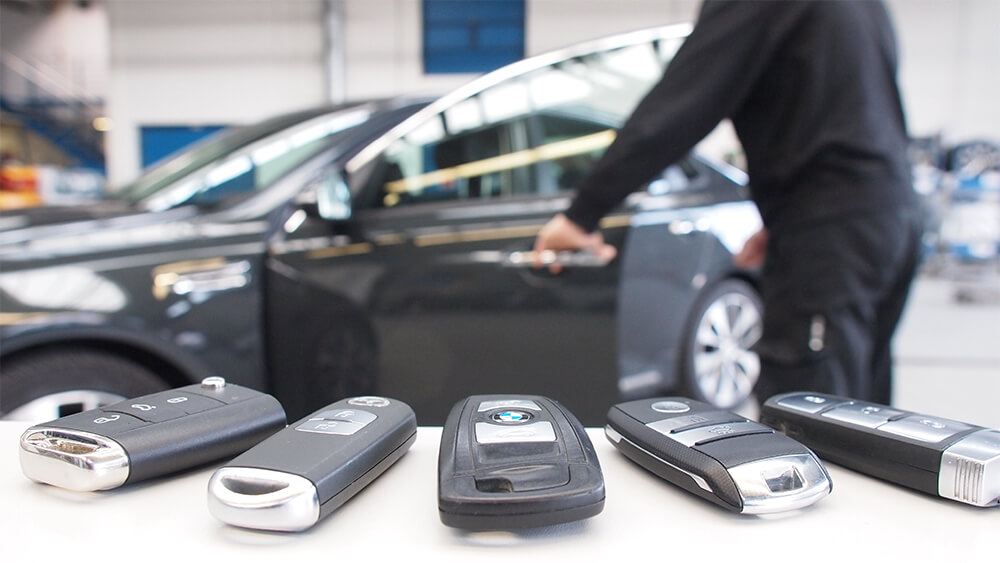Car window tinting is the process where the windows are covered with film or tint and are installed on the glass surfaces of a vehicle.
The tint is made from Polyethylene Terephthalate, and it is a thermoplastic polymer resin of the polyester family. It has dimensional stability, clarity, tensile strength and can be applied on a wide range of surfaces.
Table of Contents
Types Of Car Window Tints
There are different shades, colors, grades and thickness of window films available to cater to different needs.
Remarkably there are three types of tinted glasses that people use for their cars.
Factory Tint
Firstly there is the Factory Tint that has a visible light transmission levels (VLT) of 74 to 85 percent that is applied through dye before the sale.
Original Equipment Manufacturer (OEM) Tinted Glass
Then there is OEM tinted glass that is added into the glass at the point of manufacturing. Car buyers get to have their desired level of VLT depending on the amount allowed by the laws in their state. It is slightly more costly because the dealer installed the tints after the purchase of the vehicle.
Film Tint
Lastly, there is Film Tint that has a VLT as high as 90 percent, or as low as 2.5 percent. It has to be installed by a licensed mechanic.

Types Of Window Tint Percentages
- No Tint: Having no film on a vehicle means using regular factory windows made of clear glass.
- 50% Tint: Applying a 50% tint to the windows forms little to no darkness and blocks only half the light from reaching the inside the car.
- 35% Tint: Using a 35% tint crafts a darker appearance but still allows the driver to see through with ease.
- 20% Tint: With 20% tint, drivers can see through the window up close from an outside view, but it’s difficult.
- 5% Tint: Applying a 5% tint means the driver can’t see through at all.
Pros Of Car Window Tinting
There are many advantages to tinting car windows. Many people do it for different reasons and all of these reasons add up to significant benefits for them.
Privacy And Security
For many people, privacy is a serious concern, and a tinted car window goes a long way in helping them keep that privacy. One of the primary purposes of tinting car windows is to hide the interior of the vehicle from the thieves’ roving eyes. Tinted car windows will also add protection and security to the valuable things left inside the car. That way, no one can see what is inside the car and thieves would be deterred.
Filters And Protects From Ultraviolet (Uv) Lights
Having a tinted car window helps to filter incoming lights. This has many advantages for its driver, passenger and the vehicle itself. A tinted car window filters out sun rays partially, and this automatically improves the drivers’ vision and subsequently helps them to drive better and safer.
Also, it blocks out 90 percent ultraviolet lights, which are harmful to both passenger and driver inside the car. UV light can cause much damage to human skin if overexposed. Skin cancer, skin damage, cataracts, and even accelerated aging are a few of the dangers of having the skin exposed to UV light. Individuals inside a car save themselves from much exposure if the car windows are tinted.
Protects The Interior Of The Car
Asides from the damage it can do to the skin, UV light can cause substantial damage to the interior upholstery of the car.
Yes, using a windshield sun protector or parking the car in the shade will temporarily reduce sun damage, it is not a permanent fix. UV lights are consistently entering the vehicle, and it can wear out the fabric, trim, vinyl, plastic and the leather, causing them to crack, split, fade or become brittle. The auto floor mats, dashboards are also not spared; they can be worn out by the constant sunlight that will be filtering into the car.
Tinted car windows can protect a car and keep it in good shape with tinted windows. Moreover, this will help a long way if or when the owner wants to sell off the car.
Gives Shattered Glass Protection
Window films are designed to keep the auto glass replacement from shattering if a hard or pointed object hits it. In the event of a car accident, the driver and the passenger will be protected from loosely broken glass shards and from being ejected through windows.
Heat Reduction
Tinted windows are thermally selective and will reject and reduce the amount of solar energy that passes through into the car by up to 60 percent. This heat reduction is particularly beneficial during high heat periods as the heat is radiated, and everyone enjoys their rides more.

Cons Of Car Window Tinting
Since there are many beneficial reasons to tint car windows, drivers might be faced with some problems. These problems vary based on the kind and type of film that was used. Here are some things to consider
Vision Impairment
Good vision is the key to safe driving, and some situations require unhindered view like during storms or at night. Darker films might cause impaired vision for drivers and inadvertently cause traffic accidents.
This vision impairment can be avoided by choosing a shade that will help maintain good vision.
Laws
Different states have regulations concerning tinted windows that the car owner would have to adhere to, and this might be a little stressful.
Inferior quality
Not all tint films are long-lasting, so they might crack or peel, which apart from making the car look untidy. In addition to that, it can also impair the drivers’ visibility. When this happens, car owners will have to strip off the peeling tint and reapply it all over again. These cracks and peels will cost them both time and more money to reinstall. To avoid this, ensure the car tint with high quality right from the start.
Conclusion
It is more beneficial to tint the car windows than to leave it bare and open to the glares of strangers and possible robberies. So set out to find the right window tint for your expensive car and get your windows tinted with hi-quality films now to enjoy all the benefits that come with!












